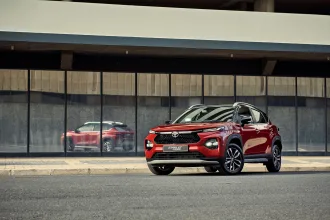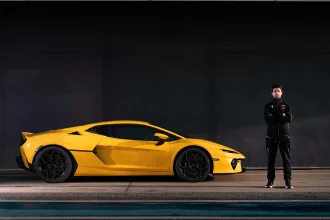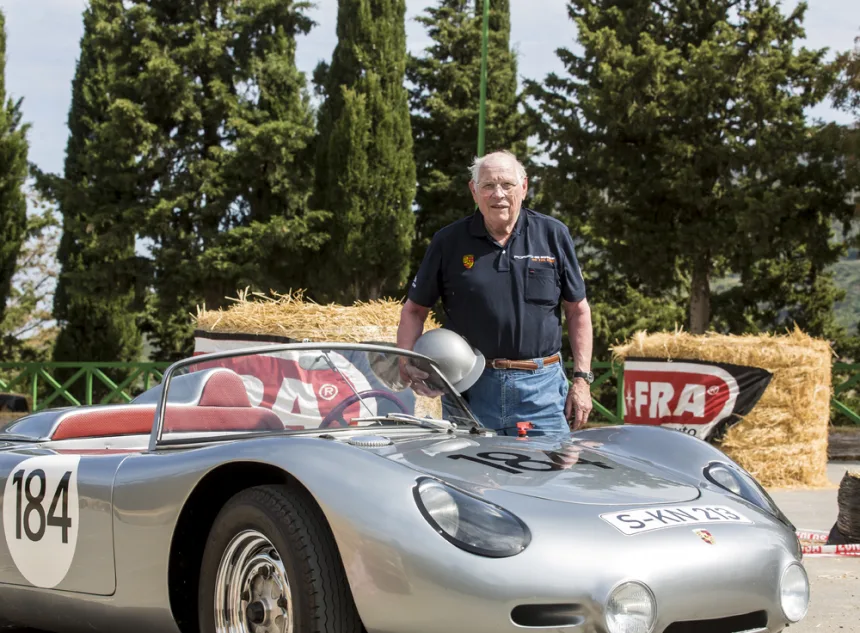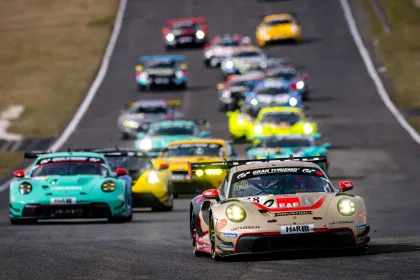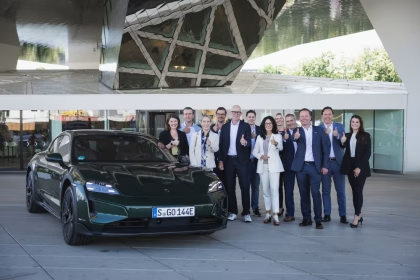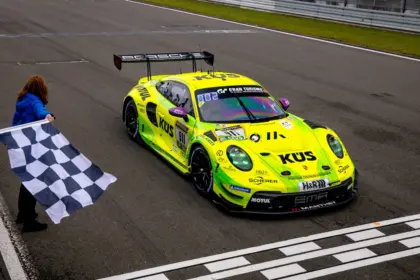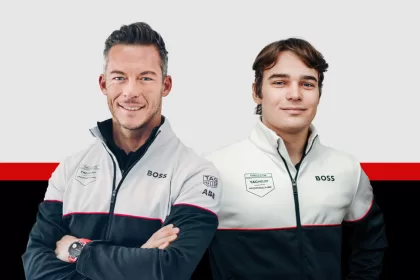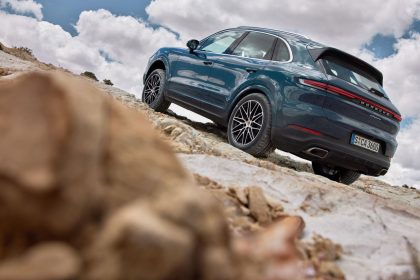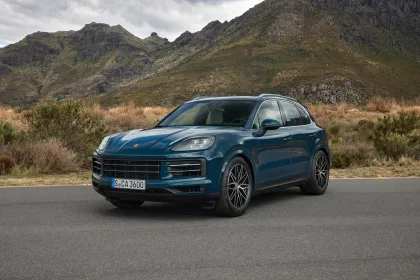Dr. Ing. h.c. F. Porsche AG is mourning the loss of the former racing driver and Operations Manager of the Weissach Development Centre, Herbert Linge, who died on 5 January 2024 aged 95. Linge played an instrumental role in setting up Porsche’s proving ground, while through his work with motorsport’s governing body he was responsible for the introduction of life-saving measures at racing tracks around the world.
Herbert Linge has been, and will always be, an integral part of Porsche’s history. He was one of the company’s very first apprentices and in the late 1950s was the man who suggested to Ferry Porsche that a site near his hometown of Weissach and the neighbouring settlement of Flacht be used for testing and development.
“We are saddened by the news of Herbert Linge’s death,” says Michael Steiner, Member of the Executive Board for Research and Development. “Not only was he a Porsche man from the very beginning, but also a friend for many decades. We would like to thank him for his commitment as a racing and rally driver, as a source of ideas and as a technician. Linge was a visionary and one of the great characters of the Weissach Development Centre. He played a leading role in establishing an aftersales network in the US and was particularly committed to safety in motorsport. We and the global Porsche family will never forget him.” Dr Wolfgang Porsche, Chairman of the Supervisory Board of Porsche AG, adds: “Herbert Linge knew my grandfather personally. Thanks to employees like him, Porsche was able to re-establish and internationally expand its business activities in Stuttgart with my father Ferry. For that, we are very grateful. Our thoughts are with his family.”
Born on 11 June 1928 in Weissach, Herbert Linge received his first Porsche ID card on 7 April 1943 at the age of 14. Six years later, he was the first mechanic employed by Porsche after it moved from Gmünd to Stuttgart. Until his death, Linge was one of the few remaining people to have known Ferdinand Porsche personally. He was involved in the development of the first Porsche 356 built in Stuttgart. The company’s early sports cars were not delivered until Linge had test-driven them. From 1952 onwards, he travelled regularly to the US to set up a nationwide aftersales network. As many employees were encouraged to make the most of their various skills in the early years of the sports car manufacturer, Linge was able to prove himself as a development driver. He was valued by racing drivers and colleagues as a gifted mechanic and analyst as well as showing a talent for racing himself. His co-drivers would rave about the precision with which he drove sports cars, while others admired him for his level-headedness and the fact that nothing could rattle the swift Swabian.
Iconic races and a stint as a double for Steve McQueen
Herbert Linge was awarded the Mexican Order of Merit for three consecutive class victories as a co-driving mechanic in the Carrera Panamericana from 1952 to 1954. Seated alongside Hans Herrmann, the pair secured a class victory in a 550 Spyder at the Mille Miglia in 1954 – a race that would become the stuff of legends after the duo were forced to duck down to pass under the closing barrier of a railway crossing. Linge went on to celebrate further class wins not only at the Mille Miglia, but also at the Targa Florio. He finished as the overall winner of the 1954 Liège-Rome-Liège Rally, the 1960 Tour de Corse and the 1967 Marathon de la Route at the Nürburgring. He started 11 times at the 24 Hours of Le Mans, with eight rankings and several class wins. In 1965, together with Peter Nöcker, he won the Index of Performance award at Le Mans for the most economical ratio of fuel consumption to engine capacity. That same year, Linge and the then future Porsche racing director Peter Falk finished fifth in the Monte Carlo Rally – the first major motorsport success for the early 911.
In 1970, he took part in the 24 Hours of Le Mans in a Porsche 908 that had been converted into a camera car for filming, and he afterwards doubled for Steve McQueen in the racing scenes for the ‘Le Mans’ film. “Porsche and McQueen had an extremely good relationship. Our racing director at the time was fully behind the film and we supported McQueen wherever we could,” Linge once recalled. “Steve couldn’t take part in the real race himself for insurance reasons and didn’t have a car that complied with the official regulations. But he wanted the real pictures for his film – and I got them for him with the 908.”
Honoured with the Federal Cross of Merit
With improving safety in motorsport high on his personal agenda, Linge founded the safety arm of Germany’s Supreme National Sports Commission for Motorsport (ONS) in 1972. Together with those who drove them, these safety cars fitted with fire extinguishers saved the lives of numerous racing drivers in the 1970s and 80s. Ten years after the creation of ONS-Staffel, Linge was awarded the Federal Cross of Merit in honour of his lifetime achievement. Incidentally, his first ONS service car was a Porsche 914/6 GT, which took part in the 1971 Monte Carlo Rally. The car, equipped with safety apparatus and a fire extinguishing system, became known as the ‘fastest fire engine in the world’.
After retiring from his role as Operations Manager at the Weissach Development Centre in 1987, Linge continued to work as a motorsport consultant. A true visionary, he would go on to head a racing series from 1990 that celebrated worldwide success: the Carrera Cup. The honoured citizen of Weissach remained closely associated with Porsche in the decades that followed. For many years he continued to travel with Porsche, making appearances at motor shows and events marking various milestones in the company’s rich history. Fans loved to hear the anecdotes of the modest Swabian, whose life at and with Porsche wrote many special stories.

